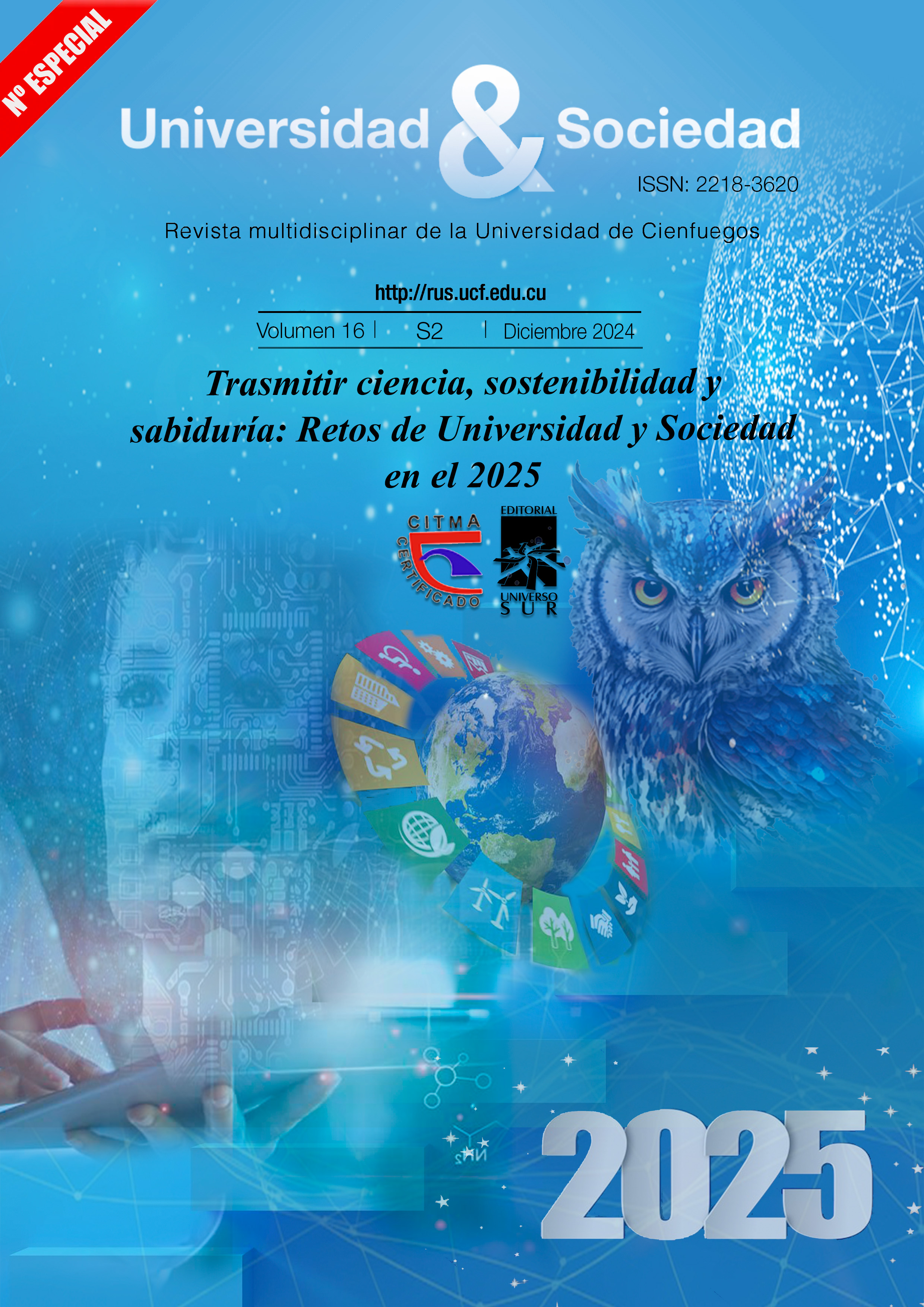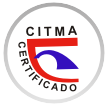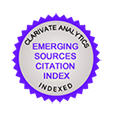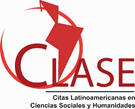Intercultural communication in higher education: Application of the case study method as an important tool in foreign language acquisition
Keywords:
Case study, Teaching method, Communication, GlobalizationAbstract
Intercultural communication today has become more crucial than ever, and more so within higher education; as such, the pedagogies for teaching academic English should also shift with this in mind. In this regard, although the "case study method" has received growing acknowledgment as part of foreign language education, little has been discussed with regard to its application within an intercultural communication. This is particularly true regarding the gap in understanding how Case Studies bridge the cultural gaps and improve students' language and views of the world, which calls for deeper investigation. Then, the goal of this article is to evaluate the case study method as an instrument for reinforcing foreign language acquisition, applied especially as a tool for intercultural communication within higher education. It was found that the method enhance critical thinking, problem-solving, and intercultural awareness. Looking at real situations and solving them not only strengthens linguistic abilities but also opens one's eyes to even minute details of cultural interactions. Furthermore, the integration of new learning technologies in the application of this approach enhances its impact, thereby making the method even more relevant and engaging for modern learners. These results reflect the important implications of using the Case Study method for teaching foreign languages, both at the level of teaching practice and in terms of student learning.
Downloads
Published
How to Cite
Issue
Section
License
Copyright (c) 2025 Editorial "Universo Sur"

This work is licensed under a Creative Commons Attribution-NonCommercial-NoDerivatives 4.0 International License.
La editorial "Universo Sur", de la Universidad de Cienfuegos, publica el contenido de la Revista "Universidad y Sociedad" bajo una Licencia Creative Commons Atribución-NoComercial-SinDerivar 4.0 Internacional.
© Podrá reproducirse, de forma parcial o total, el contenido de esta publicación, siempre que se haga de forma literal y se mencione la fuente.










